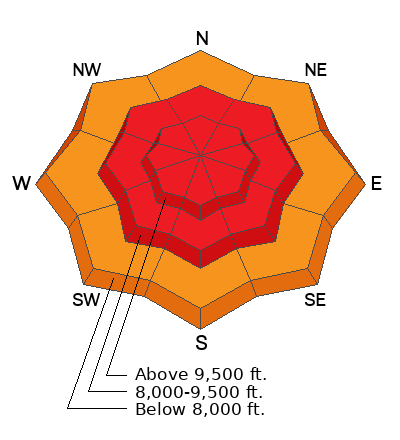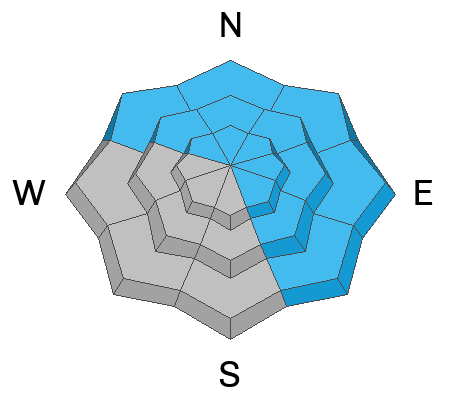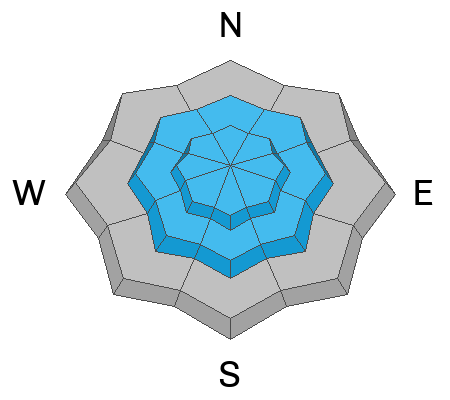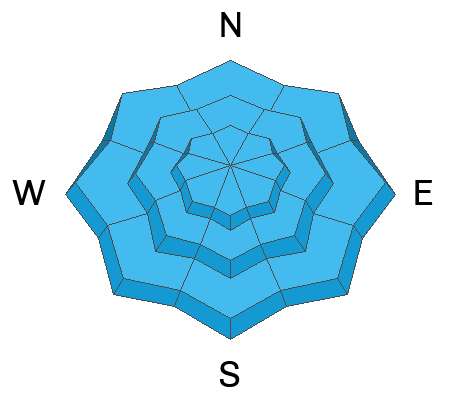Forecast for the Salt Lake Area Mountains

Issued by Trent Meisenheimer on
Monday morning, February 17, 2025
Monday morning, February 17, 2025
The avalanche danger is HIGH on mid and upper-elevation slopes, where it is very likely that you will trigger an avalanche failing on one of many buried weak layers within the snowpack. These avalanches will be deep enough to bury, injure, or kill a person. Traveling in avalanche terrain is NOT recommended.

Low
Moderate
Considerable
High
Extreme
Learn how to read the forecast here










